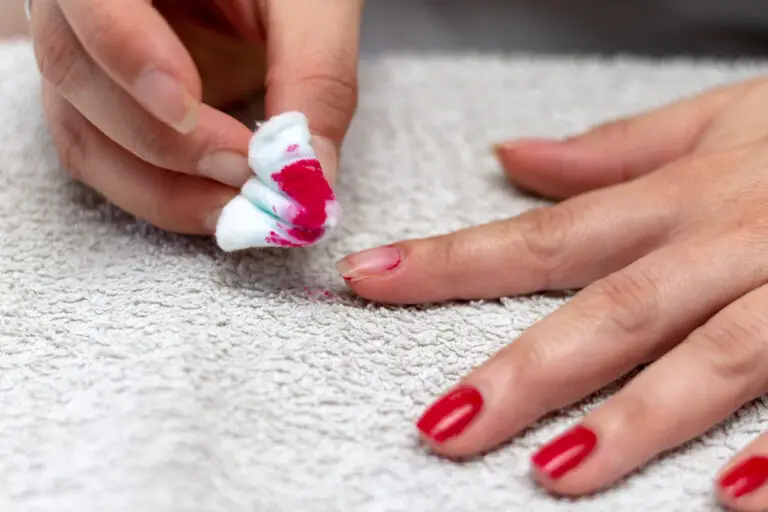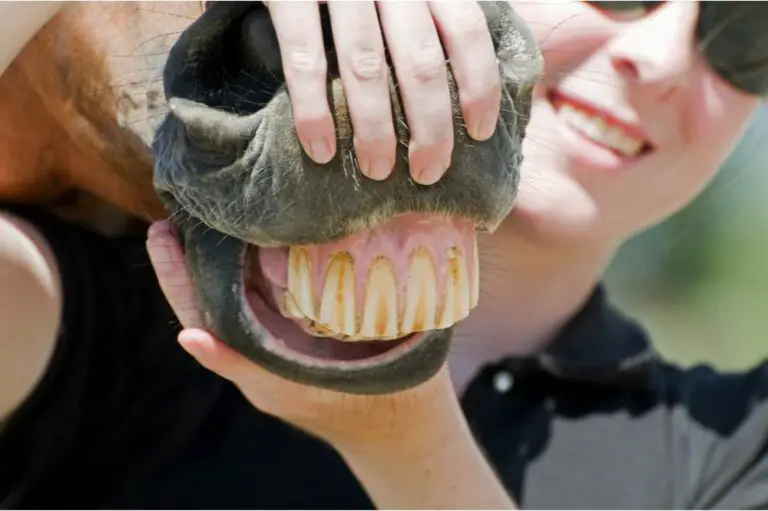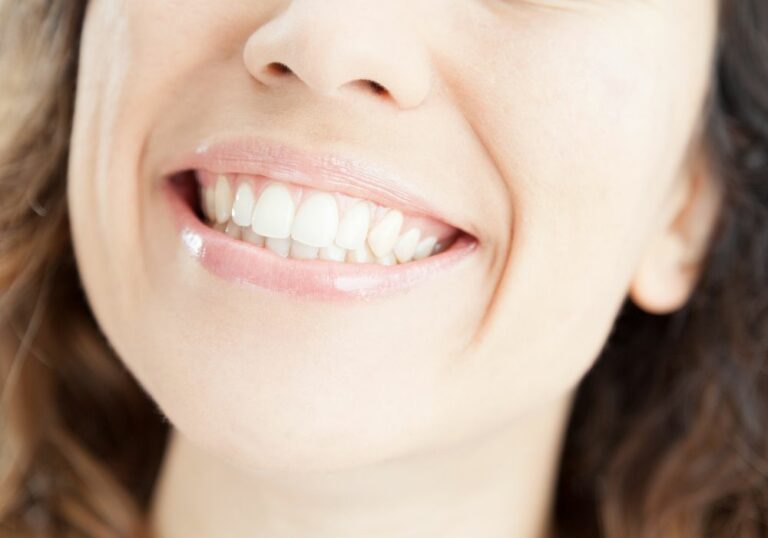Yes, dentists have several methods to reshape and alter the size, shape, and appearance of front teeth. Cosmetic tooth reshaping is commonly performed by dentists to create more aesthetically pleasing smiles by correcting minor imperfections.
Typical reasons for reshaping front teeth
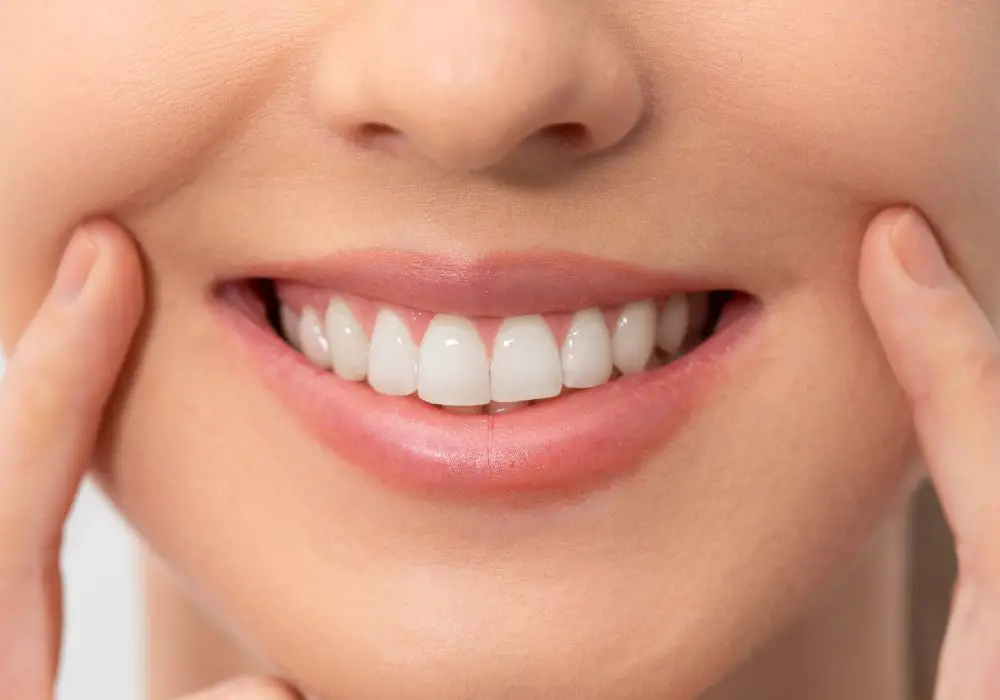
There are many cosmetic and some functional reasons people seek to reshape their front teeth:
- Close small gaps between teeth
- Correct uneven spacing or overlaps
- Shorten teeth that appear too long
- Lengthen teeth that appear too short
- Remove chips or uneven edges
- Smooth pointed cusp tips or ridges
- Narrow over-wide teeth
- Build up narrow or undersized teeth
- Make teeth more uniform in size/shape
- Reduce excessive gum display when smiling
- Repair old discolored fillings
- Subtly adjust slight asymmetry in tooth size/shape
- Restore worn down biting edges
- Generally improve the esthetics of the smile
In some cases, reshaping front teeth can also slightly help alleviate minor crowding issues. It offers a conservative alternative to more invasive orthodontic treatments.
Common procedures for reshaping teeth
There are three main procedures dentists use to alter tooth shape and appearance:
Dental contouring
Also known as odontoplasty, tooth sculpting, or dental shaping. This pain-free procedure involves removing or reshaping small amounts of enamel to refine the teeth’s shape, size, and surface.
It is performed using a sanding drill or handpiece with a diamond-coated burr or abrasive tip under a continuous stream of water. The dentist sculpts the enamel like an artist shapes clay or stone. Typically local anesthesia is used to numb the teeth first.
This is best suited for minor changes like smoothing overlapping teeth, closing small gaps, shortening slightly long teeth, re-contouring uneven biting edges, removing small chips or ridges, or sculpting excessive gum tissue covering the teeth.
On average, only 0.3 to 0.6 mm of enamel is reduced, making it a very conservative approach.
Dental bonding
In this technique, the dentist applies a tooth-colored composite resin material to the tooth surface and sculpts it into the desired shape before hardening it with a curing light.
The resin can be used to change the size, shape, shade, or length of teeth. It is commonly used to close gaps between teeth, repair chipped edges, mask intrinsic stains, or alter uneven teeth.
The composite bonds microscopically to roughened natural enamel for a seamless look. While bonding stains more easily than dental contouring, it adds material to teeth rather than removing natural structure.
Porcelain veneers
Veneers are thin shells of dental ceramic, composite resin, or other materials that are bonded to the front surface of teeth.
The dentist first prepares the teeth by removing a thin layer of enamel (usually 0.3 to 0.7mm) before taking an impression to fabricate the veneer shells in a dental lab.
At a second appointment, the veneers are tried on, adjusted, and bonded permanently in place with resin cement. Veneers provide highly customizable and dramatic improvements in the shape, size, color, and symmetry of front teeth.
However, this more invasive procedure does require permanently altering more natural tooth structure compared to other options. Good candidates have healthy teeth and gums.
The tooth reshaping process
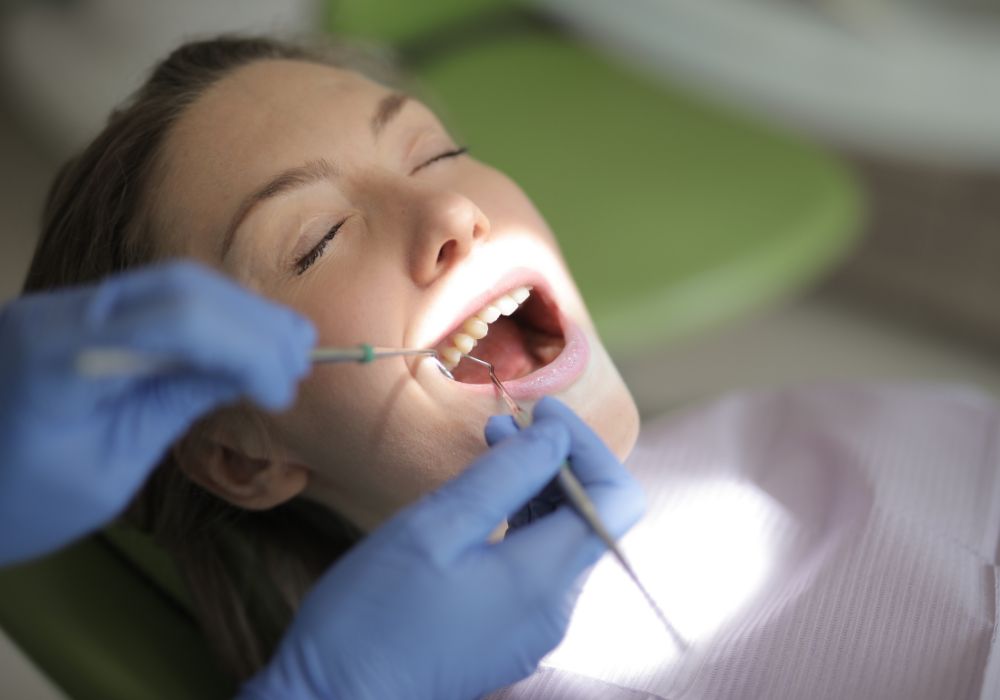
Here is a general overview of the step-by-step process for reshaping front teeth:
- Initial exam – The dentist will perform a detailed clinical exam of your teeth, taking x-rays if needed. They will discuss your concerns and goals for smile improvements.
- Treatment planning – A proposed plan will be presented for which teeth should be reshaped and how. Study casts, diagnostic wax-ups, or digital smile simulations may be used to preview potential outcomes.
- Anesthesia – Local anesthetic will be administered to numb the teeth being reshaped.
- Reshaping procedure – Using the techniques described above, the dentist meticulously alters the teeth to the planned shape and contours.
- Polishing – Reshaped enamel or bonded surfaces are smoothed and polished to a natural luster.
- Post-op check – The dentist and patient will review the new shape, symmetry, and aesthetics achieved.
- Follow-up visits – You may need select additional adjustments over 1-2 weeks to finesse and perfect the shape.
The number of visits and time per visit depends on the scope of reshaping needed. Some minor contouring may only take one 30-60 minute session. More extensive cases require multiple longer visits.
How long reshaped teeth last
With proper dental and oral care, the results of tooth reshaping can last many years. However, certain factors play a role in longevity:
- Technique – Well-executed dental contouring or veneers typically last 10-15 years or longer before needing repair or replacement. More meticulous techniques yield better longevity.
- Materials – Composite resin generally lasts 5-7 years before recurring stains necessitate renewal. Porcelain and dental ceramics last longer.
- Habits – Clenching, grinding, or chewing on hard items can quickly wear down reshaped teeth. Using a nightguard helps prevent damage.
- Oral hygiene – Poor cleaning leading to decay or gum disease can undermine reshaped teeth. Sticking to a careful hygiene regimen is key.
- Damage – Trauma from injury or chipping risks damaging reshaped teeth, necessitating repairs. Avoid contact sports when possible.
With diligent dental visits every 6 months and prompt treatment when needed, properly contoured and bonded teeth can maintain their aesthetic smile improvements for years or decades in many cases.
Potential disadvantages to be aware of
While generally safe and effective in skilled hands, reshaping teeth does involve some permanent removal of natural tooth structure. This can lead to:
- Permanence – While some materials can be removed, changes to actual enamel are irreversible. Reshaping is therefore partially permanent.
- Sensitivity – A temporary side effect from thinner enamel. Usually managed with desensitizing toothpaste but may require other treatments.
- Fragility – Teeth are slightly weaker and prone to chipping once enamel is removed. Proper bite adjustment helps prevent damage.
- Recession – Over-reduction of enamel can expose tooth roots and lead to gum recession over time.
- Color change – Composite resins tend to stain and discolor more over time compared to porcelain solutions.
- Cost – While cheaper than crowns or orthodontics, reshaping is still an elective cost not covered by insurance.
- Longevity – Touch ups and replacement may be needed after 5-10 years depending on technique and material used.
Discuss any drawbacks or concerns thoroughly with your dentist before agreeing to cosmetic alterations. Conservative reshaping minimizes risks when performed by a skilled and experienced dentist. Still, some compromises may be involved.
Who makes an ideal candidate?
The best candidates for tooth reshaping typically:
- Have generally healthy teeth/gums
- Display minor to moderate cosmetic flaws affecting smile esthetics
- Possess stable, complete adult dentition
- Maintain good daily oral hygiene
- Have realistic expectations about achievable results
- Do not require complex bite adjustments or orthodontics
Those with damaged teeth, severe defects, ongoing periodontal disease, or unrealistic standards may not be suitable for reshaping. A dental evaluation helps determine candidacy.
Key questions to consider
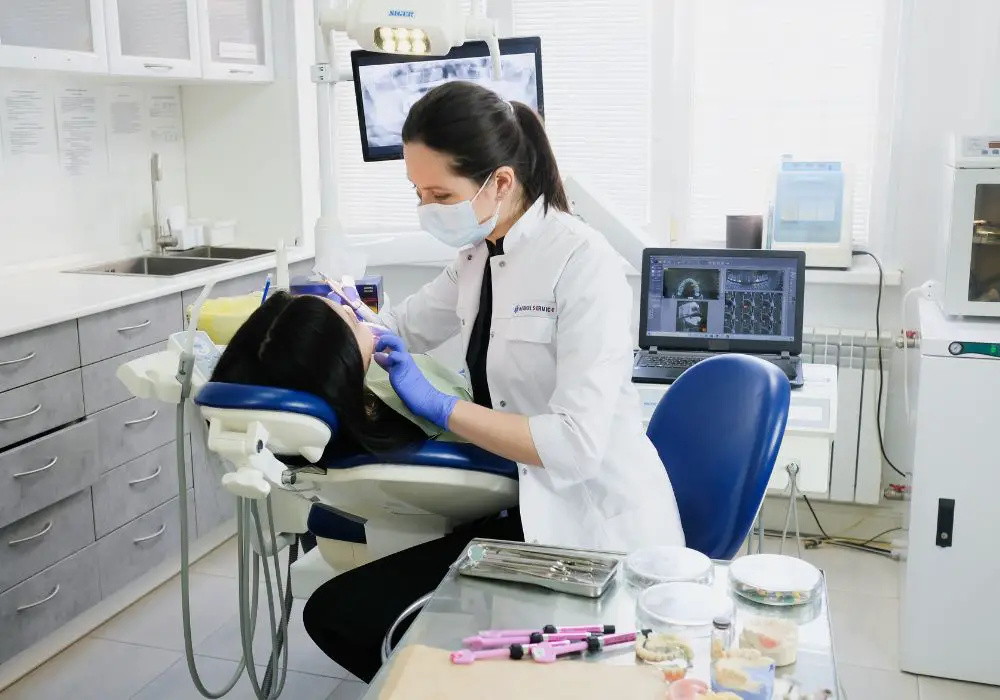
When deciding if tooth reshaping is right for you, reflecting on these key questions can help guide your choice:
- What specific cosmetic problems or frustrations do you have with your smile?
- Are you hoping for major or minor improvements in appearance?
- Do you have any pre-existing dental sensitivities or phobias?
- Are you comfortable with permanently changing the natural shape of your teeth?
- Are you fully committed to required aftercare and maintenance?
- Have you considered alternative options like braces or crowns?
- Does your dentist recommend reshaping to address your concerns?
Thoroughly discussing your needs and considerations with an experienced cosmetic dentist is the best way to determine if tooth reshaping will provide the smile transformation you desire.
Frequently Asked Questions
Here are answers to some common FAQs about reshaping front teeth:
Does the reshaping process hurt?
Reshaping should not be painful due to the use of local anesthetic injections to fully numb the teeth first. Some temporary sensitivity is normal afterwards.
Can I just file down my teeth at home?
Attempting to reshape teeth without professional tools and training risks permanently damaging teeth. Always have it performed by your dentist for safe, controlled, and aesthetic results.
Do my teeth change shape naturally as I age?
Yes, teeth do gradually wear down a bit over decades of use. Cracks and chipping can also alter their shape. Periodic reshaping helps refresh your smile.
How do I properly care for newly reshaped teeth?
Avoid chewing excessively hard or sticky foods. Brush using gentle motions with a soft-bristled brush. Floss very carefully around contoured areas. See your dentist regularly to ensure longevity.
Doesn’t enamel reduction weaken my teeth permanently?
Conservative reshaping only reduces small amounts of enamel, so extensive weakening is unlikely. However, discuss all risks thoroughly with your dentist before consenting to treatment.


